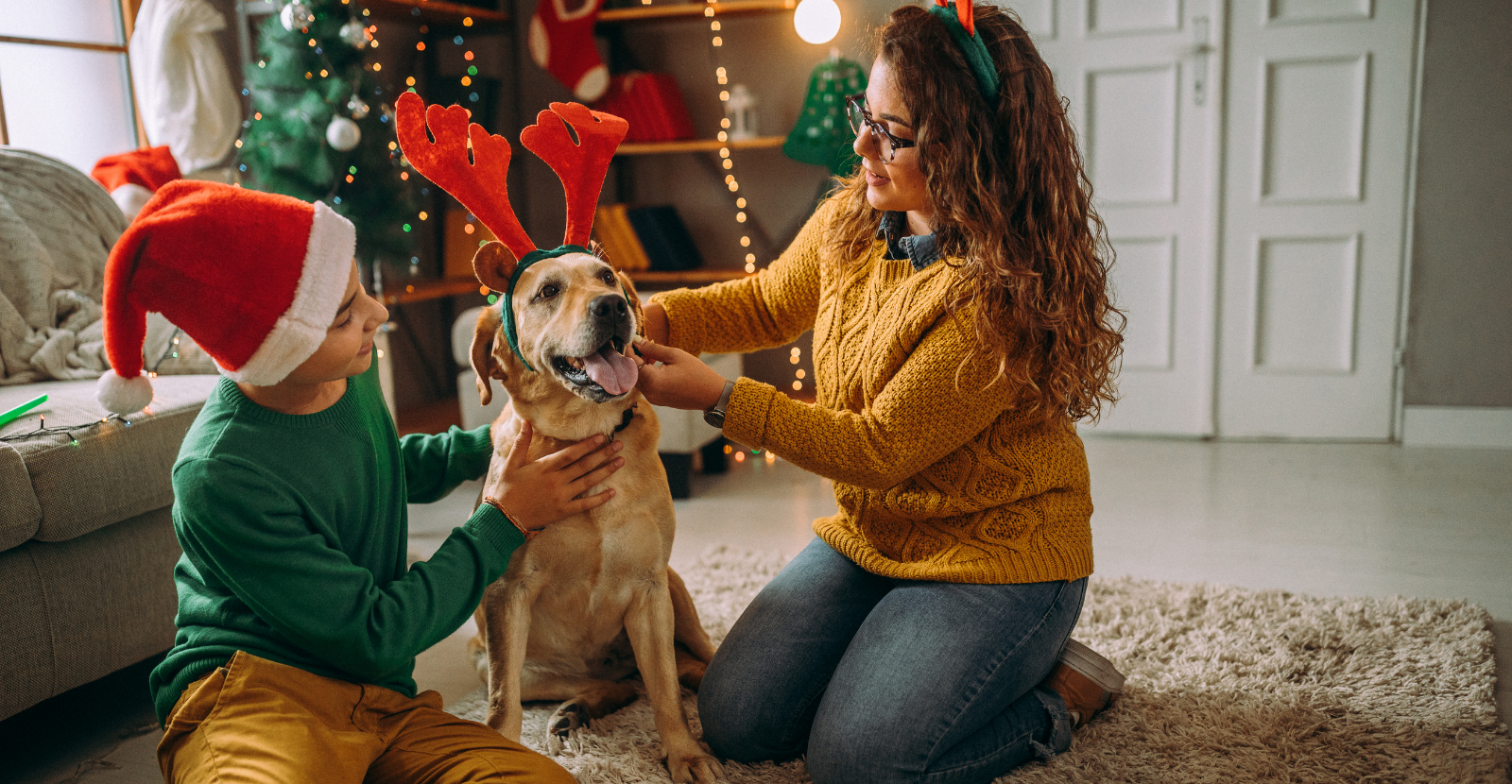April is Active Dog Month! Spring has arrived, and now it's time for you, and your dog, to get back outside! Get those tennis balls and shoes out and start walking with your dog. Or, if you need a little inspiration, try some of these activities. Bottom line: an active dog is a happy, healthy dog. So let's get going!
Do you remember what your dog was like as a puppy? Our cute little beagle was full of energy, lots of running and playing. Of course there was also a bit of destroying things I loved, such as my favorite shoes, and our leather chair. At this early puppy stage in life, your sweet fur-baby was probably like mine: very active, usually wearing us out at our home. Why is it important to keep them active in a constructive way? And how do you ensure they are still full of energy as they age?
As they get older, sometimes we relax on activities with our dogs. I have been guilty of letting her go in the back yard, rather than taking her on a walk. I’ve noticed that unless something catches her attention, such as a squirrel to run after, she does her business and wants back in. For most dogs, simply letting them outside a few times a day is not enough to keep them active and healthy.
The Association for Pet Obesity Prevention (APOP) is an organization working to combat pet obesity so pets enjoy better lives. In their most recent 2018 survey on pet obesity, they found that 56 percent of all dogs are overweight or obese. Based on the dog population, this number equates to roughly 50 million overweight dogs. What is startling is this trend has increased every year since the organization began taking data in 2007.
Dr. Ernie Ward, a veterinarian and board member of APOP writes in his blog post, “With increasing weights come increased weight-related disorders, especially arthritis and Type 2 diabetes. It’s up to pet owners and veterinarians to reverse this trend and save our dogs and cats from suffering needlessly.”
With this in mind, here are some ideas to increase the activity level, for a healthier dog:
Walks around the neighborhood
How long an ideal walk is depends on the dog’s breed and age. Active breeds need at least 30 minutes of activity and some will need up to two hours. This is tough to do because many of us simply don’t have that much time. Try splitting up walks into one in the morning and one in the evening. If you have a toy or small breed, they still need walks but not as long.
Socialize at the dog park
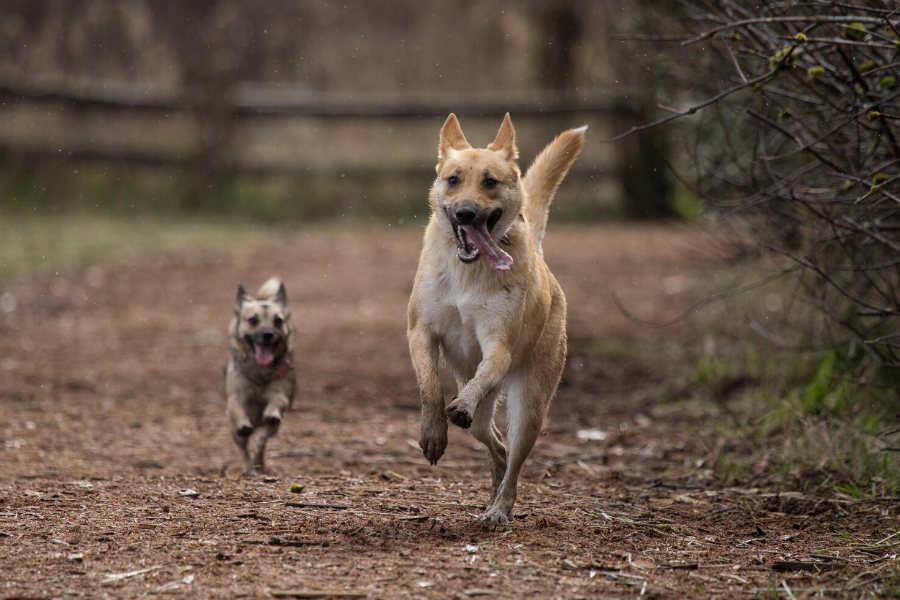
Take your dog to the local dog park. Dogs are social animals and enjoy running with other dogs more so than on their own in the back yard. Plus, all the smells of other dogs that were before them add a heightened element of mental stimulation as they sniff around the dog park. What's nice is you might walk a mile, but because your dog is chasing other dogs and running so much, they are getting in many more steps so they'll get twice the exercise and be twice as tired when you get home!
new toys in the yard
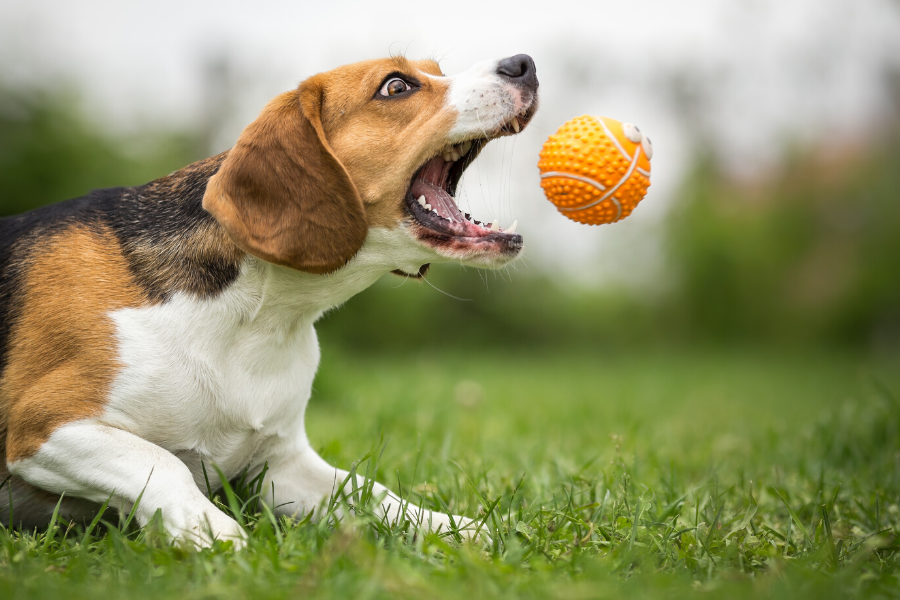
Bring a ball and play fetch. Or, for something different, bring a child’s pool out and fill it with water. Then watch as your dog enjoys jumping in and out of it and getting cooled off by the water. It will provide lots of jumping fun and most likely give you the gift of laughter as you watch. If you don’t have a pool, sprinklers work too if you can coax them into running through the water.
Most dogs love to fetch toys. Try getting a new squeaky toy for your dog to enjoy and play tug-of-war for indoor fun. This keeps your dog moving inside even when you can’t get outside. There are a tremendous amount of mental stimulation toys for dogs. If they don’t like the one you got, try something new until you find what they prefer. You don't have to purchase a new toy every time. Use the cardboard roll from your paper towels which they could shred, and it will eventually break down in your yard.
Shop or Dine with Your Dog
There are many stores which are pet-friendly for shopping with a dog. There are also several restaurants now accommodating dining with your dogs on the patio. It is now easier than ever to take your dog with you to visit these dog-friendly locations and enjoy a stroll as you get there. These are great options to get out with your dog in a different setting. The more you do it, the easier it will be for them to understand proper behavior. If you haven't done it yet, consider going early before the crowds set in. From there, your dog will enjoy seeing new things and smelling new smells, just as we do!
Yoga with your dog, or Doga
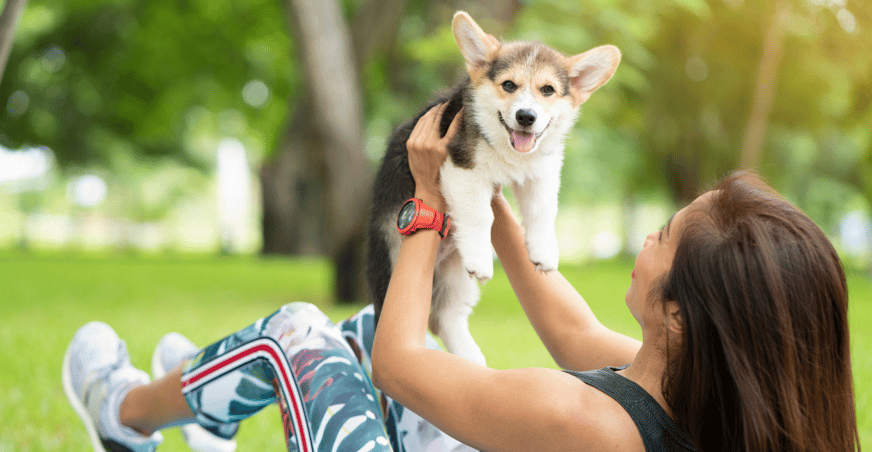
Have you noticed if you get on the ground, your dog wants to join you? So take advantage of this and let your dog stretch and move with you. A quick search on Google will find lots of entertaining YouTube videos of dogs doing yoga with their owners. Try not to watch the videos for too long so that you can actually participate in doga with your dog. Enjoy a laugh and get down on the grass with your dog. You will both be more flexible!
glyde mobility chews
Bonus tip: sometimes dogs need help staying mobile as they age. Surprisingly, 20% of our beloved fur-babies will have some joint problems by the time they reach age 1. What is not so surprising is that by age 8, that number grows to 80%. If your dog is between those age groups, consider using the all-natural supplement of Glyde™ Mobility Chews. It is the proven ingredients in Glyde which help suppress pain and inflammation while rebuilding cartilage.
Hopefully with these activities to get your dog moving more you will both have more energy and get a restful sleep at the end of the day. If you live by the rule that your dog should be tired as at the end of the day as you are, you will know you have succeeded in keeping your dog as active as they need to be.
If your dog lacks interest in exercise, consider they may have arthritis. It's always a good idea for periodic evaluation. Check out this short quiz to learn more. Just click on the link, or the yellow banner button below!

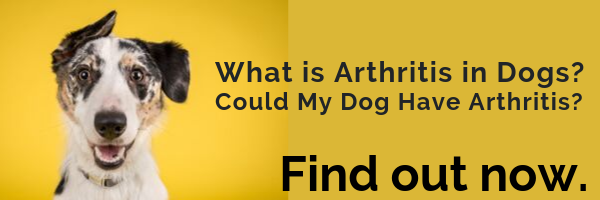
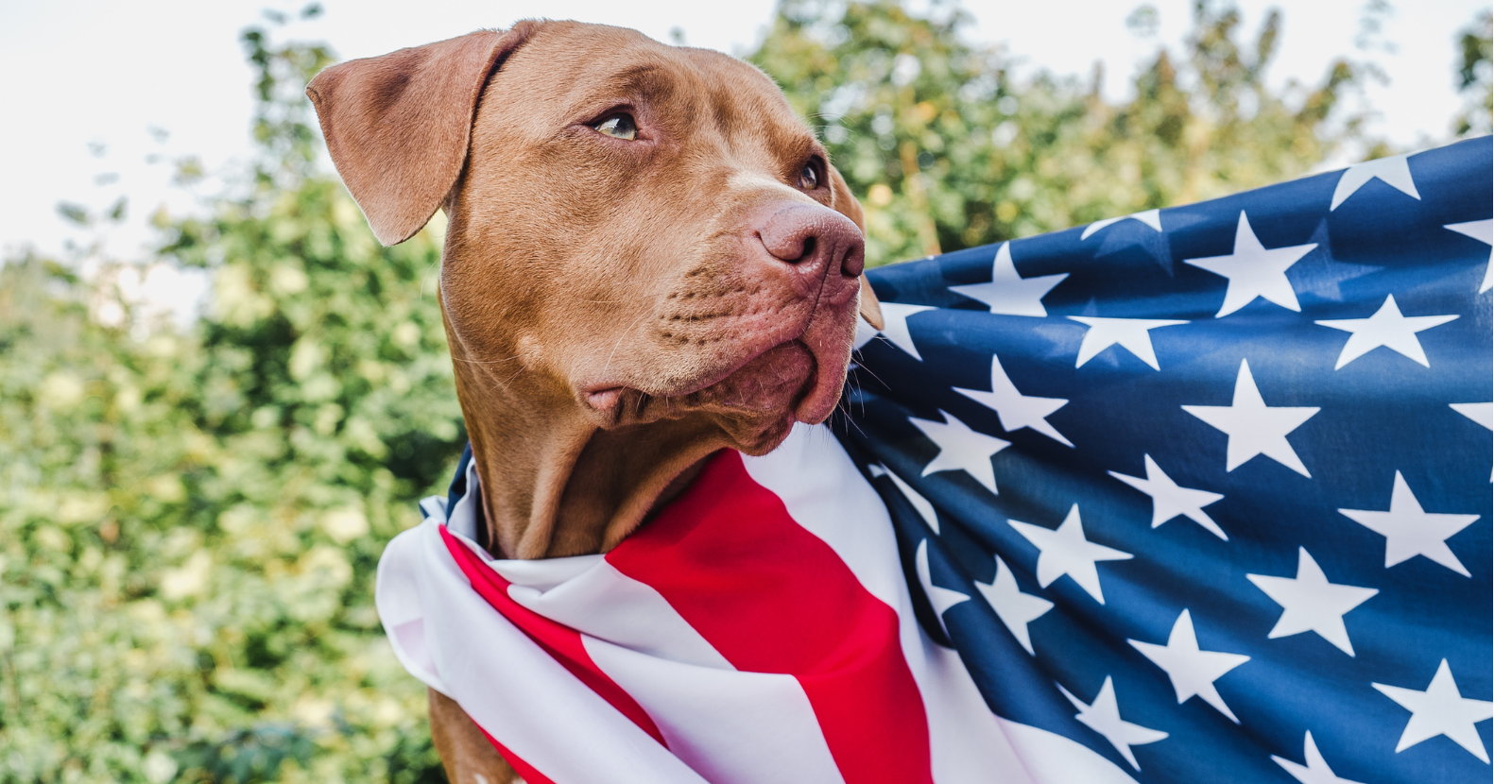
.png)
